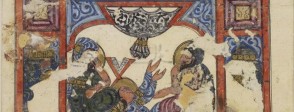Baghdad developed thanks to its links to the Mediterranean, the Silk Road, the Indian Ocean and Mecca. The objects below illustrate each of these different links.
Gold coin of Offa
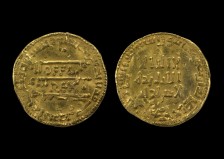
This gold coin of Offa, king of Mercia in England, imitates a gold dinar of Al-Mansur, the caliph regarded as the founder of the Abbasid Caliphate (reigned 654 – 775 AD).
See more See more: https://www.google.com/culturalinstitute/beta/asset/gold-imitation-dinar-of-offa/CwH2MNp-VHT9lAVaishravana with attendants, a woodblock print on paper
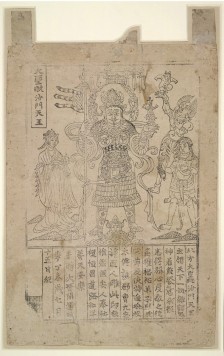
The people of Baghdad learned how to make paper via connections to China along the trading route known as the Silk Road. This is a very early example of paper and an early example of printing.
See more See more: http://www.britishmuseum.org/research/collection_online/collection_object_details.aspx?objectId=6818&partId=1White cube
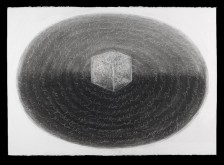
One of the five pillars of Islam is the Hajj, the pilgrimage to Mecca. Harun al Rashid went on Hajj several times. This is a modern artist’s image of the Ka’aba. The concentric circles of ‘script’ reflects the people doing the circumambulation known as Tawaf, one of the rituals of the Hajj.
See more See more: http://www.britishmuseum.org/research/collection_online/collection_object_details.aspx?objectId=3379745&partId=1&place=41315&plaA=41315-1-2&page=1Cooking-pot
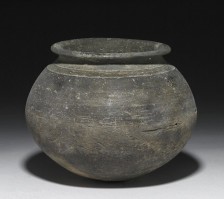
The port city of Siraf on the Gulf flourished at the same time as Baghdad from the 9th to 15th century due to Indian Ocean trade. Coins and ceramics from China have been excavated there, as well as pottery from East Africa, and this whole cooking pot which was made in India in the 7th to 9th century.
See more See more: http://www.britishmuseum.org/research/collection_online/collection_object_details.aspx?objectId=3077879&partId=1&searchText=siraf+pot&page=1

